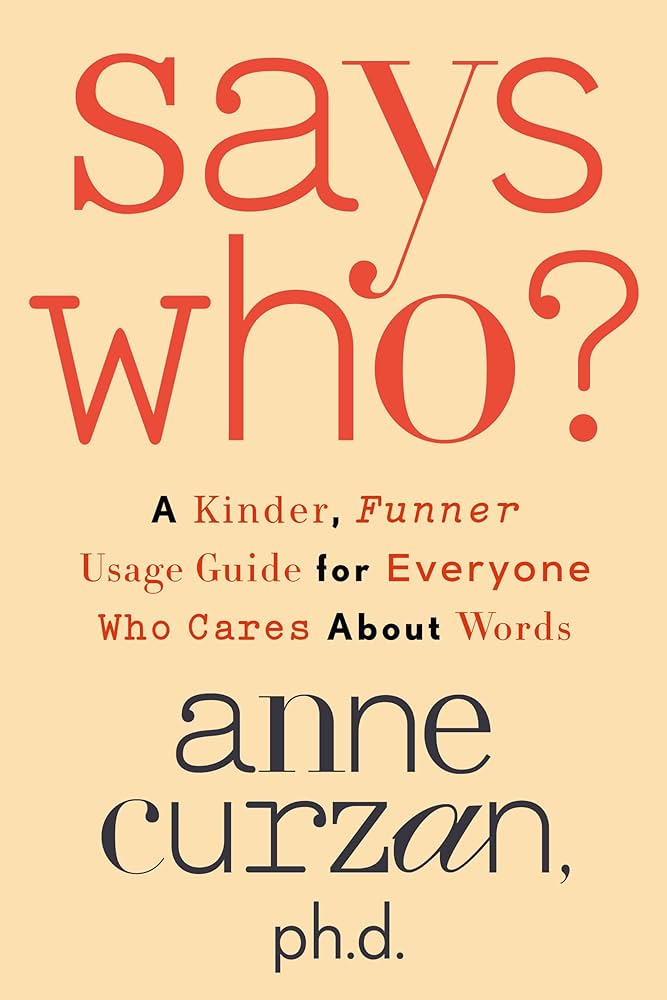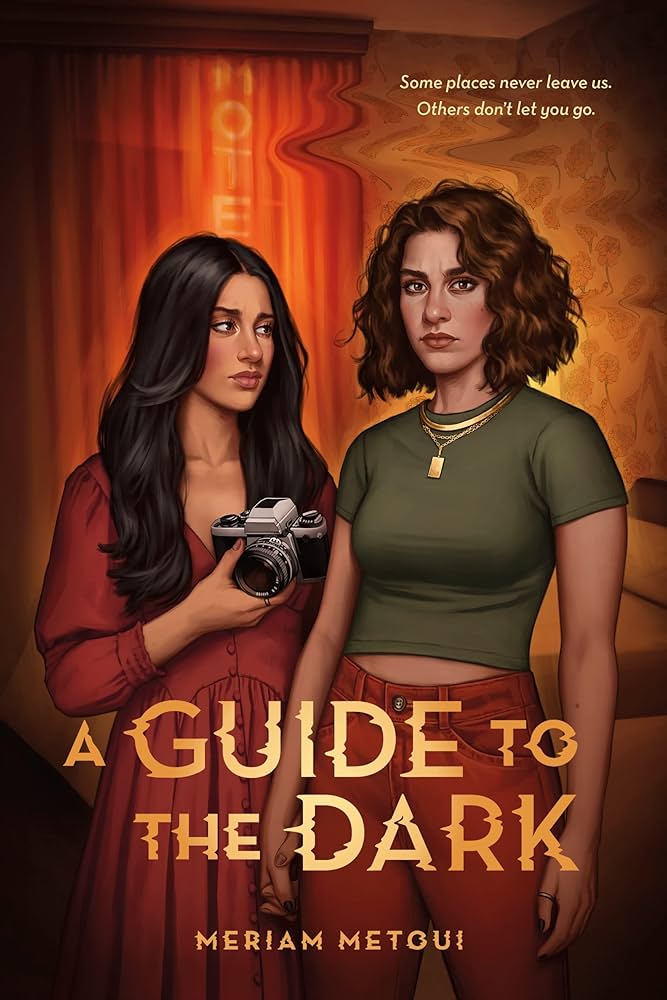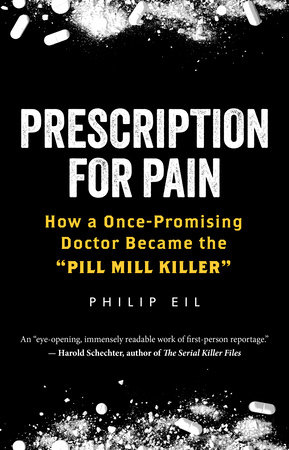2024 Summer Reading List
 HIDDEN POTENTIAL: The Science of Achieving Greater Things
HIDDEN POTENTIAL: The Science of Achieving Greater Things
By Adam Grant, MS’05, PhD’06
Viking, 2023
Adam Grant, MS’05, PhD’06, is convinced that we can all “improve at improving.” His latest book, “Hidden Potential,” shares a curation of real-world stories that showcase tactics anyone might use to be better — at anything.
The bestselling author delves into three main categories for how one can achieve greater things: character-building skills, using scaffolding to overcome obstacles, and, in the last third of the book, addressing limitations within society’s existing structures, including schools, teams, and organizations. Ultimately, he suggests, we need to develop better systems of opportunity, particularly in public schools — it’s easy to focus on innate talent, but anyone can learn how to achieve great things as long as they are given the tools and structural systems to succeed.
After each real-world anecdote, Grant shares bite-sized insights, calling on would-be achievers to ask for advice (as opposed to feedback), take more risks, and become more vulnerable in their quest for betterment. For example, to learn a new language, you have to start trying to speak it before you feel comfortable, and learners should embrace imperfection along the way.
Grant hopes that, no matter how far you wish to extend your own potential, some of the tools in this book will help you get there. “Hidden Potential” is a good read for educators, mentors, or anyone who needs a bump of inspiration while trying to achieve a challenging goal that feels out of reach. — JESSICA YURASEK, ’04
 SAYS WHO?: A Kinder, Funner Usage Guide for Everyone Who Cares About Words
SAYS WHO?: A Kinder, Funner Usage Guide for Everyone Who Cares About Words
By Anne Curran, MA’94, PhD’98
Crown, 2024
It may seem intimidating to open a grammar book by linguist and U-M LSA dean Anne Curzan, MA’94, PhD’98, but fear not — there is no scolding within these pages, no conjured memories of a frustrated middle school English teacher, no snooty friend correcting the placement of your prepositions.
Just the opposite: inside, you’ll find thoughtful discussions on “controversial” words such as irregardless, ain’t, and whom, as well as challenges to our well-worn grammar arguments, such as why “it’s not in the dictionary” is not a very strong stance to take (dictionaries are written by people and change frequently). Curzan explores each subject with compassion, encouraging readers to lean into their inner wordie (someone who delights in language’s shifting landscape) rather than succumb to the rigid rules our inner grammandos (someone who corrects others’ linguistic mistakes) itch to enforce.
“Says Who?” could be used as reference material, with chapters clearly delineated, examples pulled from centuries of literature, and interesting data from the now-defunct dictionary usage panel upon which Curzan sat for years.
But the book is not just a grammar guide — in fact, Curzan rarely states what is definitively “correct” for any word usage, but joyfully discusses how our shifting opinions have evolved and offers suggestions for formal writing with ample grace for variations. Time and time again, Curzan imparts the wisdom that language is a living, evolving entity, and approaching language with compassion and curiosity is the best way to be (see what I did there?). — KATHERINE FIORILLO
 OWNER OF A LONELY HEART: A Memoir
OWNER OF A LONELY HEART: A Memoir
By Beth Nguyen, ’96, MFA’98
Scribner, 2023
As an 8-month-old, Beth Nguyen, ’96, MFA’98, narrowly escaped the fall of Saigon with her father, sister, grandmother, and uncles, before eventually being resettled in Grand Rapids, Michigan. As she becomes a mother herself, Nguyen tries “to fill in the blanks” in her family history: what was it like for her mom, then separated from her dad, to be left behind, and why did she not reconnect with them when she too arrived in the U.S.?
Nguyen explores these and other questions with nuance, recognizing both her own need for clarity and closure as well as her family’s trauma and silence, which speaks volumes. Was the separation simply too much for her mother to bear, and is that why she has kept her distance, living with a man whose language she barely speaks? Aren’t the loud action movies that her father loves and all his unfinished projects around the house his own escape from the pain of the past and his daughter’s inquisitive presence?
As an outsider in white suburbia, Nguyen sought solace in books, and would come to bond with the kind, self-possessed mother of a WASP-y boyfriend who helped her make sense of “the hieroglyphics” of the “coded society” that surrounded her. “Owner of a Lonely Heart” is itself an achingly rich text — an emotional odyssey in which Nguyen never arrives home, but only at an appreciation of “the narrative mess and messiness of my family’s story, which, like all family stories, can never have a resolution.” — MATTHEW BENZ, ’98
 A GUIDE TO THE DARK
A GUIDE TO THE DARK
By Meriam Metoui, ’15
Henry and Holt Co., 2023
This young adult thriller explores the unknown, weaving in ghosts, grief, and friendship and offering readers a taste of where reality and the unexplainable meet.
Told through interwoven points of view, best friends Mira and Layla find themselves stranded at an Indiana motel during a senior-year spring break trip to visit colleges (a trip that began in none other than Ann Arbor!). In room 9, Mira is haunted by nightmares of her dead brother, who she was with when he drowned. But even as more and more strange things begin to happen in and out of their motel room, Layla isn’t convinced any of it is real until they learn of the room’s dark history and decide to get to the bottom of it all.
Throughout the book, Layla grapples with where she wants to go to college and her sexuality, which is compounded by confusing feelings for Mira (who already came out as bisexual) and what it might mean for her to move away and come out to her conservative Muslim family.
With strong themes of guilt and grief, this paranormal horror invokes exciting feelings of thrill and an unease so vivid it feels real — a great pick for those who love a haunted house or a supernatural mystery. — REBECCA NOELL
 DRIVE ME CRAZY
DRIVE ME CRAZY
By Carly Robyn, ’16
Blue Dog Press, 2024
In her debut novel, Carly Robyn, ’16, has conjured up a vivid confection: a globe-trotting racetrack romance following Blake — a brooding, British, Formula 1 driver — and Ella — the sportswriter and former podcast host assigned to write his biography.
Blake and Ella don’t exactly get started on the right foot. Blake spent his last season drinking, partying, and otherwise acting the part of the playboy, and since Ella called him out for that behavior on her podcast, he doesn’t see much reason to trust her with his inner secrets.
“He’s a tough egg to crack, but he’s worth the scramble,” Blake’s teammate assures Ella, who, it turns out, left her previous position under less-than-stellar circumstances that only become clear later on.
That means Ella’s got her own reputation to redeem, and she’s determined to do it: “Blake may be good at bantering, but I’m better,” she says. “It’s my favorite sport and I always go for gold.”
At first, the novel hints at a will-they-won’t-they setup, though it’s clear to pretty much all involved where this car is headed. By the book’s midway point, the steam rising from the pages is enough to fog up your glasses, if you’re wearing any.
There are a few slightly groan-worthy jokes amid the brewing romance, but as a whole, there’s plenty here to savor, not unlike the ice cream Ella herself enjoys so much. — NATALIA HOLTZMAN, MSI’19
 PRESCRIPTION FOR PAIN: How a Once-Promising Doctor Became the “Pill Mill Killer”
PRESCRIPTION FOR PAIN: How a Once-Promising Doctor Became the “Pill Mill Killer”
By Philip Eil, ’07
Steerforth, 2024
After several malpractice cases, Dr. Paul Volkman couldn’t obtain insurance and his medical career was on the brink of failure. That’s when he answered an ad for a pain clinic in southern Ohio.
Soon, Volkman would become the largest physician-purchaser of oxycodone in the U.S., and some of his patients began to die from suspected overdoses, often just days after getting large prescriptions filled by the doctor.
“Prescription for Pain” chronicles Volkman’s life and career, and analyzes how he went from getting a Ph.D. and a medical degree from the University of Chicago to being in prison, serving four life terms for illegally dealing drugs and causing the deaths of several patients.
Author and journalist Philip Eil, ’07, spent more than a decade tracking and reporting the story. For Eil, the story had a personal connection: Volkman was a classmate of his father. That gave him unusual access to Volkman, who sat down for numerous interviews before and after his trial.
Volkman defends himself, but because of Eil’s thorough investigative work, it’s very clear that Volkman is an unreliable narrator of his own story.
More than a story about how a promising doctor became the “pill mill killer,” the book tells the stories of Volkman’s patients who died, most in their 30s and 40s, through interviews with family and friends left behind. It is a stark reminder of the devastating costs of the country’s opioid crisis. — JEREMY CARROLL



